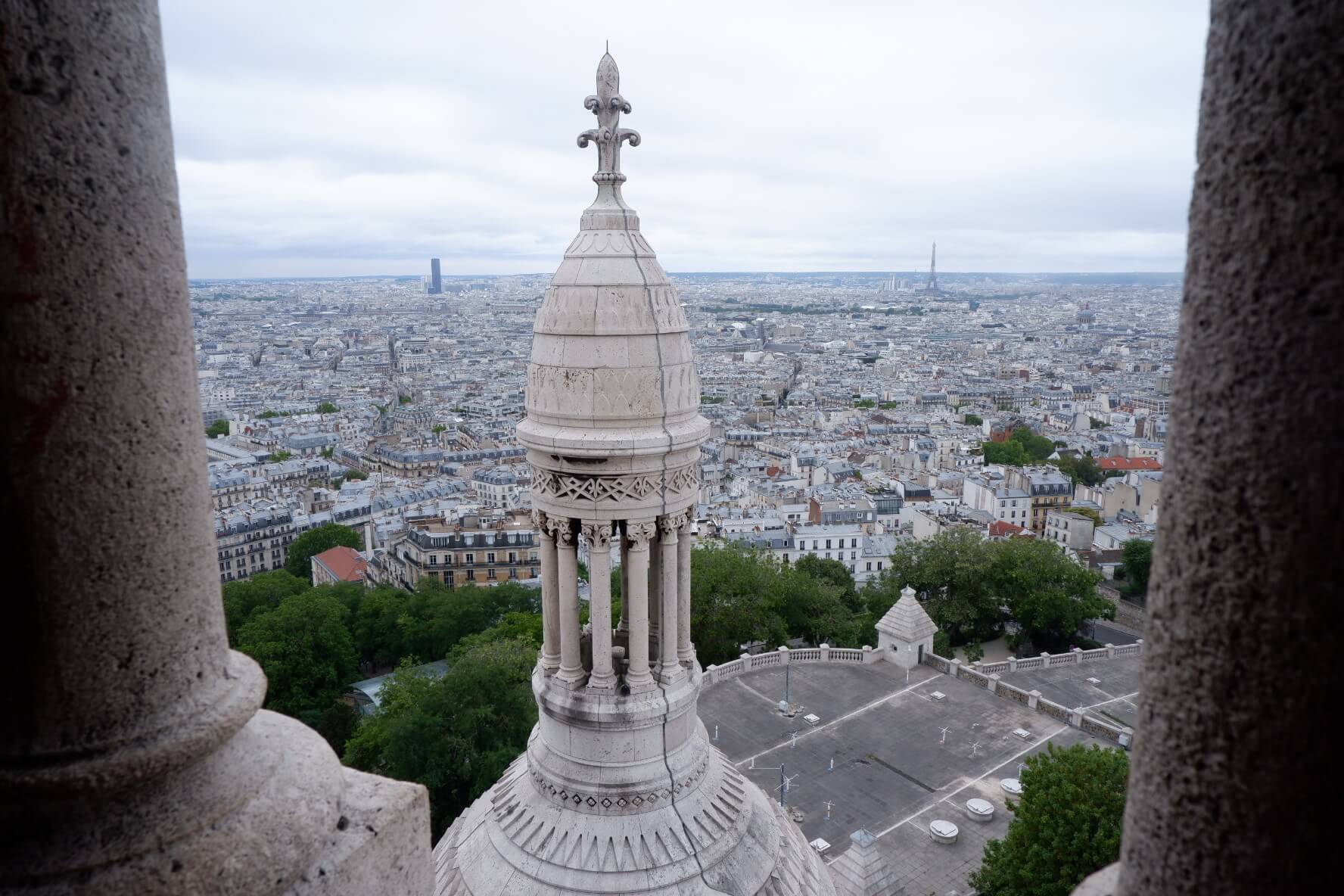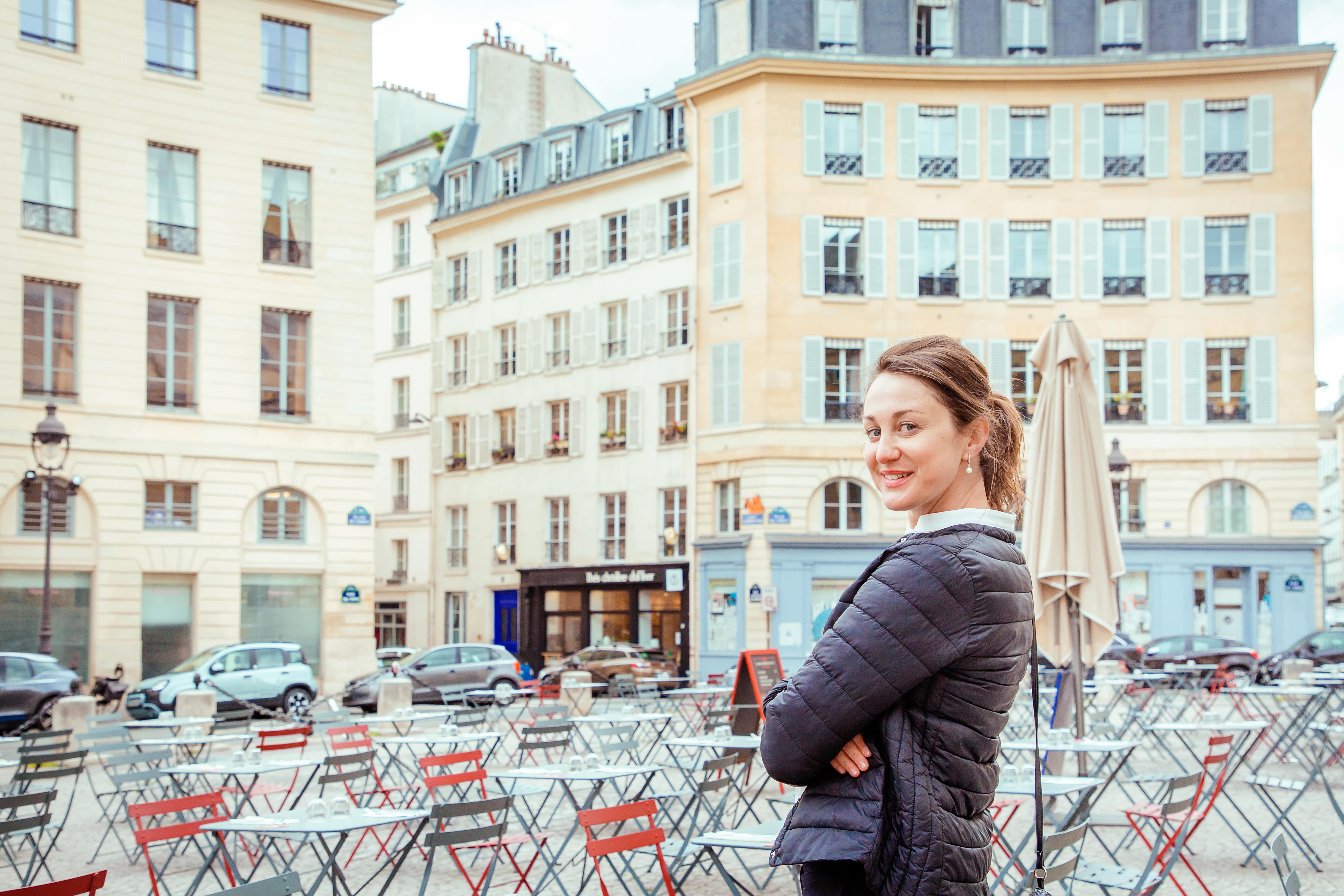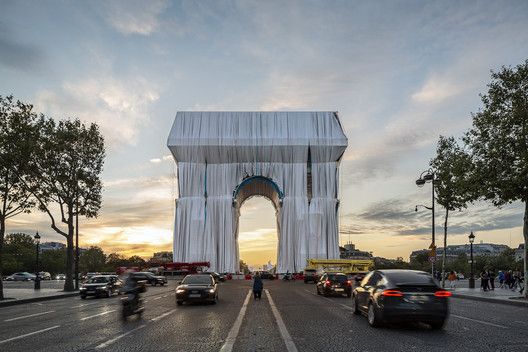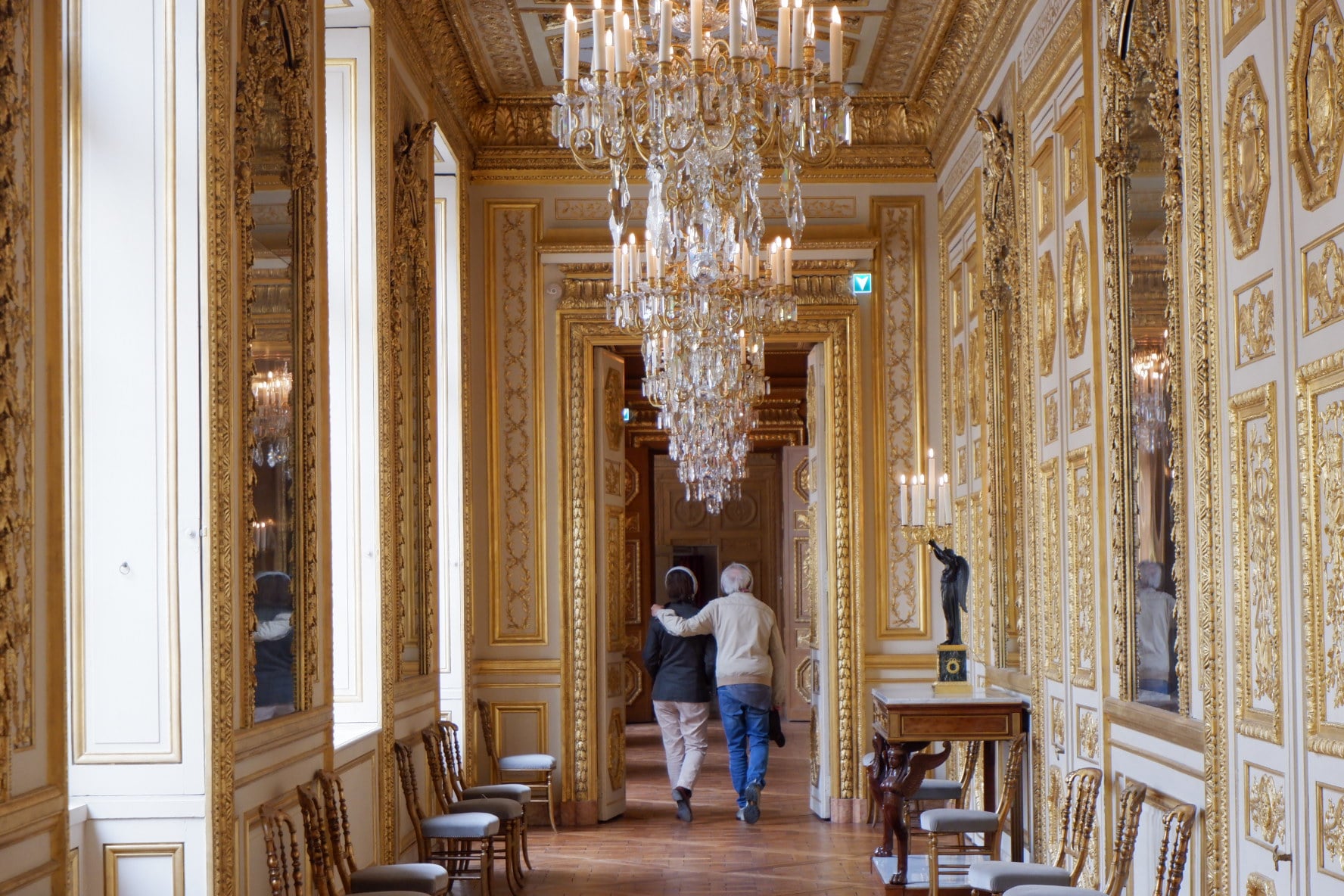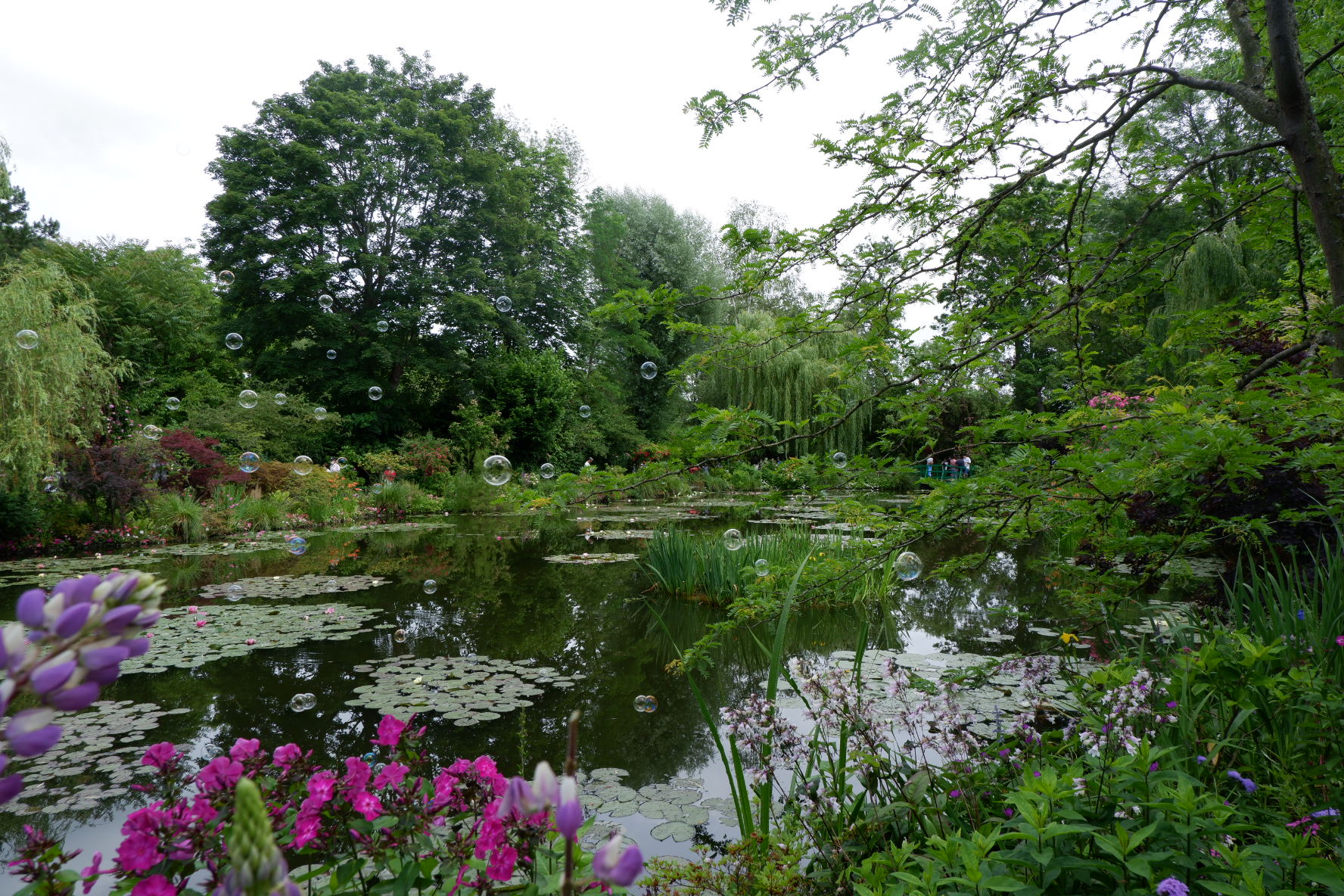L’Art de vivre
à la française
à la française
L’Art de vivre
à la française
The color of Paris
.
The color of Paris
The color of Paris is grey - this idea came to my mind of contemplating the city one Sunday morning from the roof of the Sacre Coeur Basilica.
Was it because of the weather, the architecture, or my mood, I wondered?
In comparison with red, the gray color is definitely less emotional. It is detached and neutral. I wear it when I want to be unnoticed, discrete, and classic.
From a color psychology context, gray is the color of compromise - being neither black nor white, it is the transition between two non-colors. The closer gray gets to black, the more dramatic and mysterious it becomes. The closer it gets to silver or white, the more illuminating and lively it is.
So in the meaning of color, conservative and elegant, - grey suits Paris well.
Place de la Concorde, the Louvre, Les Invalides, the Palais-Bourbon, the Haussmannian buildings, Opera Garnier, and many other Parisian symbols have one thing in common. It is actually the basic material they are made of, – the white-grey limestone. Unfortunately in the XVII century, the Paris quarries where the stone was taken began to collapse under the feet of the inhabitants (everything has its limits).
Eventually they started to look for the limestone deposits elsewhere. The place was quickly found. It was the village of Saint-Maximin miles from Paris. The stone there was judged to be of very good quality, easy to extract, and resistant to bad weather.
The history of the limestone begins more than 40 million years ago when the sea that covered the Paris basin begins to recede. Two thousand years ago, the first quarries were underground: wet, the stone was softer, and it is used in particular to build the thermal baths of Cluny in Paris.
The Romans opened the ports on the river to transport the blocks extracted from the quarry of Saint-Maximin towards the urban centers. They use it to build the Roman Forum (today in Latin Quarter)
Believe it or not but the Louvre in Abu Dhabi, the Metropolitan Museum in New York, Stanford University in California, the Tiffany Garden in Tokyo, and the colonnade of the National Assembly is made of the limestone brought from France, taken near Paris!
The catacombs of Paris is a great example of extraction of the limestone and formation afterward of the underground tunnels which are 300 hundred km long! Some of them are open to the public today.
To sum up, grayish, as Paris appeared to me that day is quite a subjunctive impression, I agree. Othewise, could be the long marriage of the limestone and the pollution or the rainy weather and appropriate mood.
Who knows…I would let you my dear reader make your own conclusions and ideas visiting the city.
And what color is your city, by the way?
La versione in Italiano.
Il colore di Parigi è grigio.
Il colore di Parigi è grigio – era un idea che mi venuta nella mente contemplando la città dal tetto della chiesa del Sacro Cuore sulla collina di Montmartre.
L'impressione che ho avuto ero a causa del tempo nuvoloso, dello stile dell'architettura o del mio umore, mi chiedevo?
Rispetto al rosso, il colore grigio è decisamente meno emotivo. Per me è un colore distaccato, neutro e piuttosto sofisticato. Lo indosso quando voglio essere inosservata, discreta e classica.
Dal punto di vista della psicologia del colore, il grigio è il colore del compromesso: non essendo né nero né bianco, è la transizione tra due “non colori”. Più il grigio si avvicina al nero, più drammatico e misterioso diventa. Più si avvicina all'argento o al bianco, più diventa luminoso e vivace.
Quindi, per quello che riguarda il colore, il grigio conservativo ed elegante si sposa bene con Parigi.
Place de la Concorde, il Louvre, les Invalides, il Palais-Bourbon, Opera Garnier, gli edifici haussmanniani, tutti quei simboli parigini hanno una cosa in comune, - sono fatti di calcare preso da sotto la città stessa. Il calcare è il materiale principale degli edifici più emblematici della città. Quella pietra è originariamente vicina al colore bianco-grigio.
Sfortunatamente nel XVII secolo, le cave di Parigi dove fu presa la pietra iniziarono a crollare sotto i piedi degli abitanti (tutto ha i suoi limiti!), così iniziarono a cercare depositi di calcare altrove. Il posto è stato trovato rapidamente. Era il villaggio di Saint-Maximin, la pietra presa lì, era di ottima qualità, facile da estrarre e resistente alle intemperie.
La storia di questo materiale inizia più di 40 milioni di anni fa quando il mare che copriva il bacino parigino inizia a ritirarsi. Duemila anni fa, le prime cave erano sotterranee: la pietra era più morbida, e vieniva utilizzata in particolare per costruire i bagni termali di Cluny a Parigi. I romani, in seguito, aprirono porti sul fiume per trasportare i blocchi estratti dal cava di Saint-Maximin verso i centri urbani. Lo usano persino per costruire il Foro Romano (oggi si trova nel quartiere Latino)
Che ci crediate o no, ma il Louvre di Abu Dhabi, il Metropolitan Museum di New York, la Stanford University in California, il Tiffany Garden di Tokyo o il colonnato dell'Assemblea Nazionale sono fatti di calcare portato dalla Francia, estratto vicino a Parigi!
Le catacombe di Parigi sono un bell'esempio di estrazione del calcare e formazione in seguito di tunnel sotterranei che sono lunghi di circa 300 cento chilometri!
Allora perché il colore di Parigi è grigio? La mia conclusione è la danza continua del calcare e il tempo e force anche il mio umore un' po nuvoloso)
E che colore daresti a la tua città?


